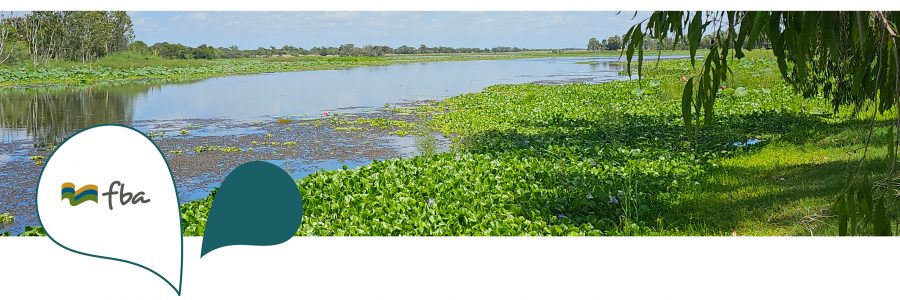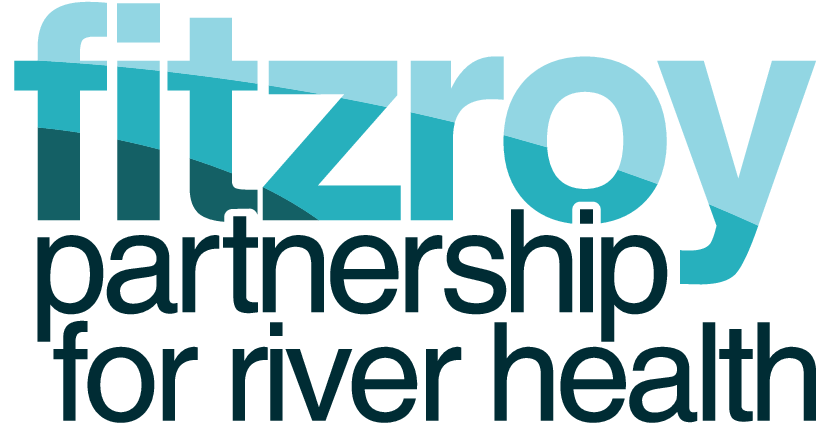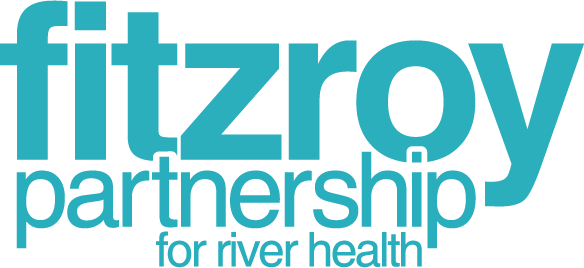Fitzroy Basin Association: Building a circular economy and changing Fitzroy’s water future one weed at a time

As central Queensland’s Natural Resource Management organisation, Fitzroy Basin Association (FBA) is leading the way in building a sustainable and profitable future for the region.
FBA’s innovative work on improving the health of the region’s waterways is a perfect example of this, with a new program set to remove 500 tonnes of an invasive, fast spreading weed from the Murray Lagoon near Rockhampton.
The Hyacinth Recovery and Reuse Pilot project is part of the Rockhampton Regional Council’s “Making Water Work” Program and is managed by FBA.
The project aims to remove 500 tonnes of hyacinth from the lagoon, turn it into mulch or compost, and trial it for improving soil nutrition and microbe activity at three properties in the region.
FBA Adoption Manager Daniel Boshoff said the Hyacinth Recovery and Reuse Pilot program is about water stewardship through community collaboration and working towards a circular economy.
“By turning a waste into a commercial product while reducing weed infestation and impacts on the river and wildlife,” Daniel said. “We want to use a waste product and make something useful so it replaces fertiliser and mulch that land managers usually have to pay for.”
FBA Waterway Management Coordinator Braden Mitchell said hyacinth is highly reproductive and can double in volume within a week, choking the river and waterways.
“It causes damage by obstructing navigation, blocking, and damaging irrigation, impeding drainage, destroying wildlife habitat and food, restricting outdoor recreation and impacting the habitat of the critically endangered White throated snapping turtle and endangered Fitzroy River Turtle,” Braden said.
Braden also said the removal of the weed from rivers in the region, would also have benefits to the Reef.
“When hyacinth is flushed out to sea it dies and becomes anoxic, meaning it reduces the amount of oxygen in water. This can impact fish and marine invertebrates. Hyacinth is also high in nitrogen. Nitrogen is a problem because in high quantities it can cause algal blooms that reduce light availability and can harm coral.”
The hyacinth will be made into mulch and compost for the first trial, and potentially biochar and stockfeed in the future.
“We’re working with three land managers for the project at the moment who will test how well the hyacinth mulch works on their properties,” Braden said. “The properties include cropping, fruit and grazing properties so we hope to get a good idea of how the product works across a range of operations.”
Hyacinth harvesting at the Murray Lagoon is started in early 2024 and the program’s overall results are expected by the end of the year.
“If we can see the compost is beneficial, it’s hoped to become a permanent product for the region’s land managers,” Braden said.
Through this project FBA is leading innovative solutions for a healthy and productive environment, building a more sustainable future for the Fitzroy region.
The project is funded by the Queensland Department of Agriculture and Fisheries and supported by the Cooperative Research Centre for Developing Northern Australia and Rockhampton Regional Council’s Advance Rockhampton.


